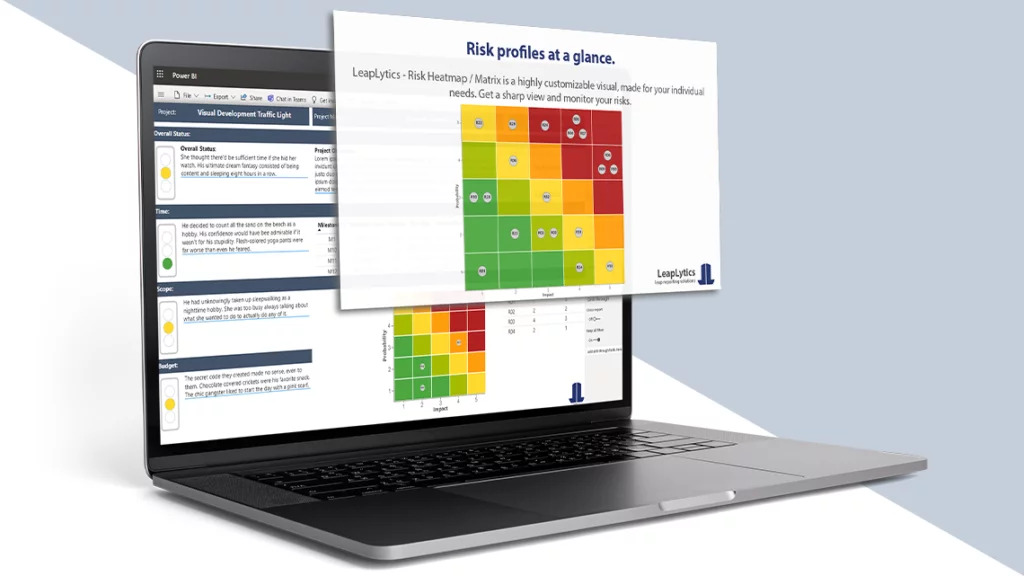Introduction
In today’s fast-paced digital world, managing cybersecurity risks is crucial. This article delves into key insights surrounding cybersecurity risk management. We emphasize the need for organizations to adopt risk management strategies in Power BI.
Understanding and Optimizing Cybersecurity Strategies
Organizations globally invest in cybersecurity initiatives to mitigate risks and reduce costs by preventing data breaches and unplanned downtime.. A fundamental aspect is understanding the types of risks faced. This allows businesses to tailor effective risk management strategies.
Step 1 – Granular Risk Classification:
Effective risk management involves classifying risks with precision. This granular approach enables organizations to identify and rank potential threats.
Step 2 – Proactive Risk Detection:
A proactive approach to risk detection is crucial. Organizations need to identify potential threats before they escalate, enhancing security preparedness.
Step 3 – Efficient Risk Mitigation:
Efficient risk mitigation assesses risks based on probability and impact. Allocating resources appropriately minimizes the likelihood of occurrences and optimizes risk management.
Key Performance Indicators (KPIs) in Cybersecurity
Integrating KPIs into cybersecurity risk management provides actionable insights:
- Quick Incident Response: Instant acting when there’s a problem is key to keeping things under control. (KPI: Response time)
- Spotting Vulnerabilities: Rapid identification and resolution of weak points ensure enhanced digital security. (KPI: Risks identified/mitigated)
- Checking Risk Solutions: Monitoring the effectiveness of risk mitigation plans ensures continuous improvement. (KPI: Risks occurred, [Financial] risk impact)
Risk Matrix for Power BI

How the Risk Matrix in Power BI assesses risks:
Understanding the likelihood and potential impact of a risk helps create a risk scorecard. By combining these dimensions, organizations can prioritize serious risks.
In form of our Risk Matrix for Power BI, we deliver the following solutions:
- Real-time Dashboards: We can create dashboards displaying safety info in real-time. This helps us know how safe things are at any time.
- Visualizing Risk Data: The matrix and integrated graphs show risk measures. This makes it easy for everyone to understand how serious the risks are.
- Monitoring and Identifying Trends: We can use the Risk Matrix to check if we’re following safety rules. It helps us find areas needing more safety measures and understand trends for better safety.
Conclusion
In the face of evolving digital threats, organizations need optimal risk management strategies. Understanding the dimensions of risks is imminent. Adopting a proactive approach to mitigate threats, strengthens businesses’ cybersecurity. The focus is on simplifying processes for a smart and effective approach to cybersecurity.
